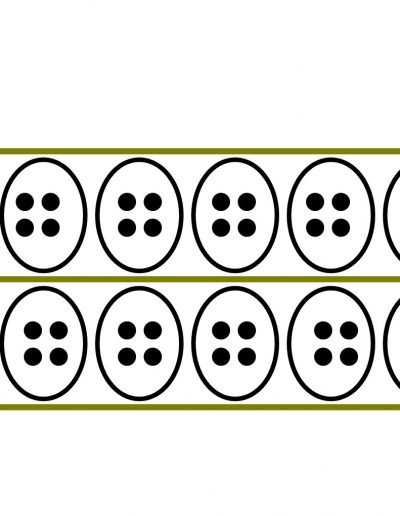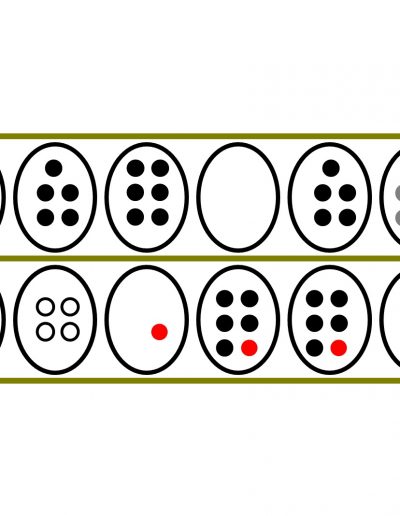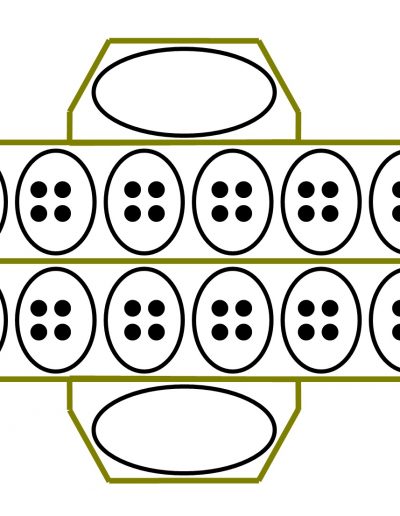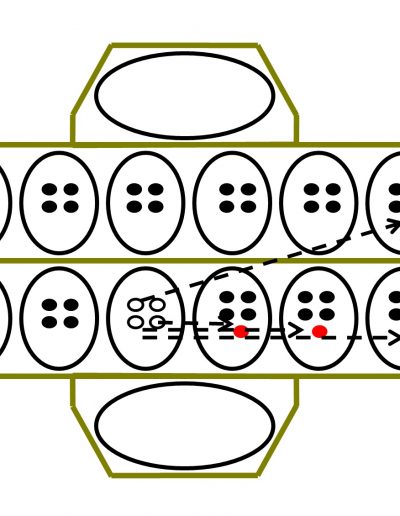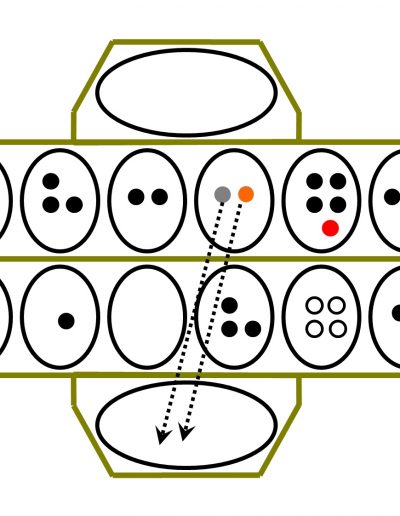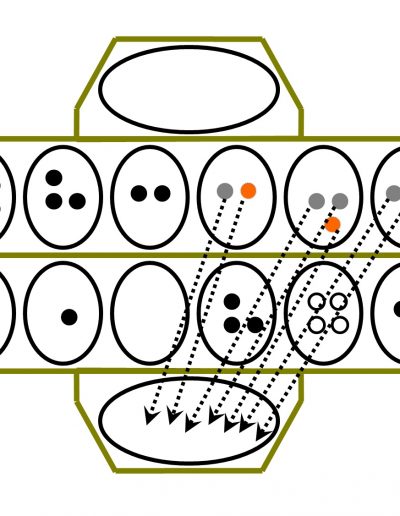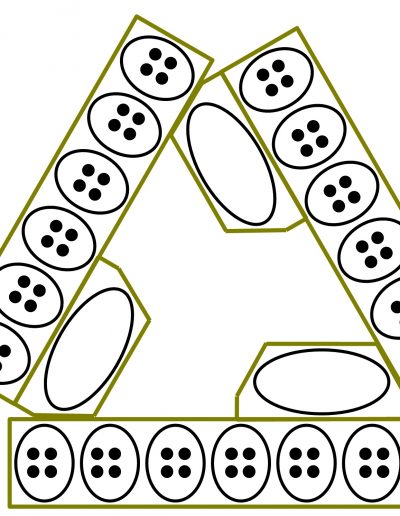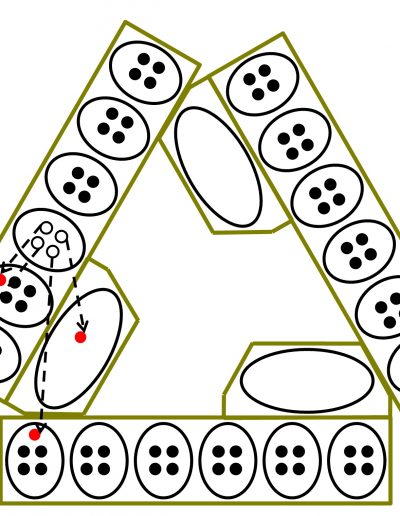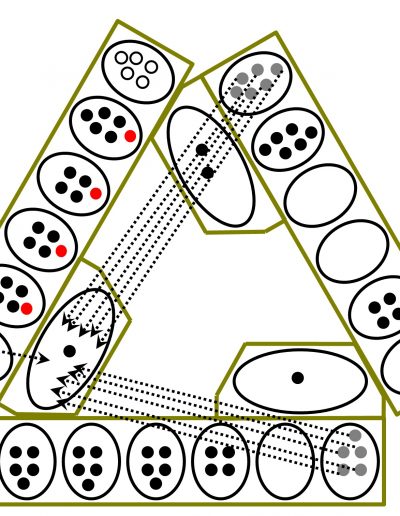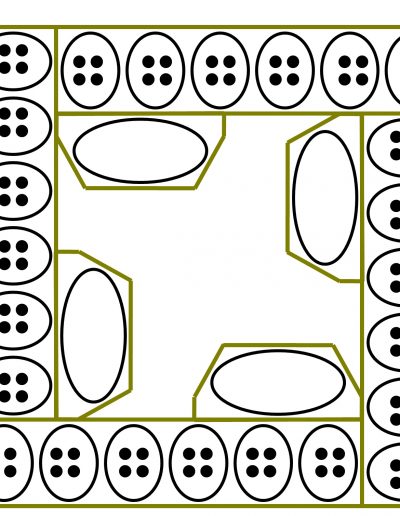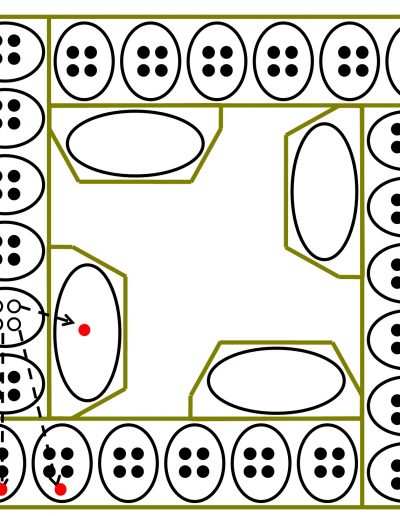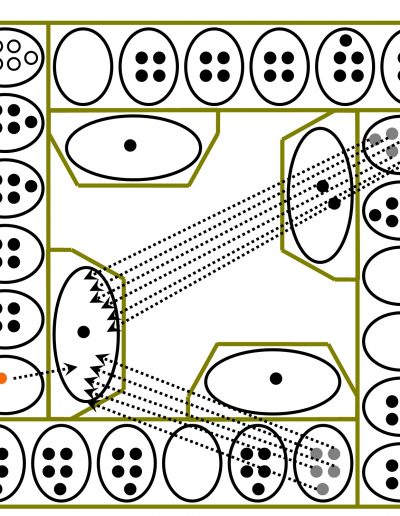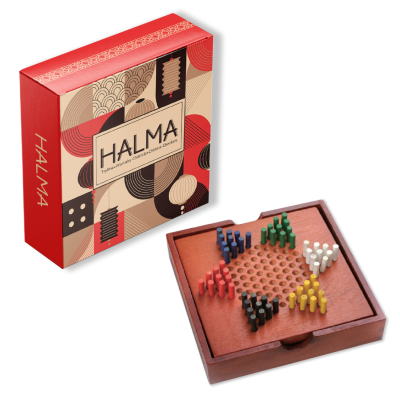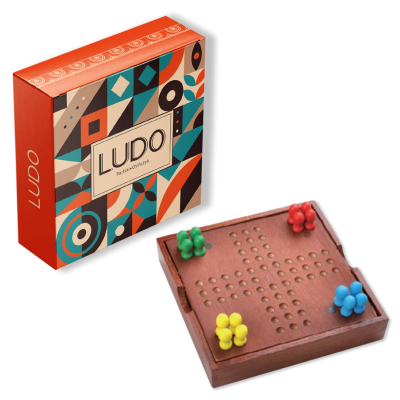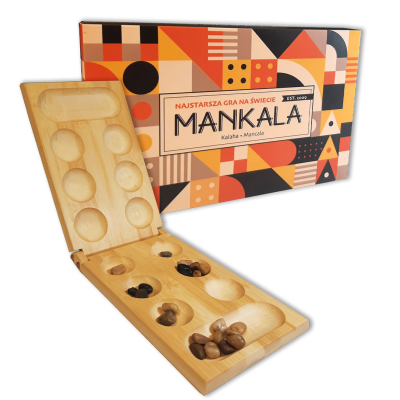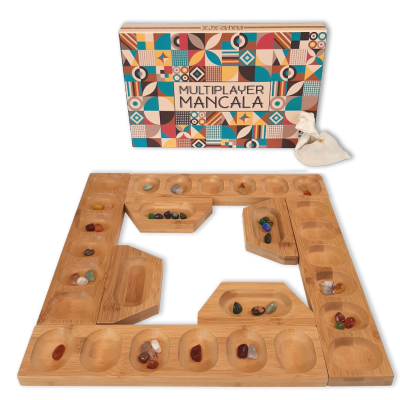MULTIPLAYER MANCALA
RULES FOR 2, 3 AND 4 PLAYER MANCALA GAME
General object of the mancala game is to collect as many stones as you can. Every player has 6 own holes and one bigger on the right side called 'home’, where captured stones are collected.
There are many variations of mancala rules all over the world – below most popular and most played.
At the beginning of each game four stones are placed in each hole (48 stones in 2-player game, 72 in 3-player game, 96 in 4-player game). House on the right side remains empty at the beginning.
Players chose who starts first and then they play anti-clockwise sequentially.
Players pick up all stones from one of their own holes and sow one stone in each subsequent hole to the right side around the board – in own holes, own house and opponents’ holes (but skip opponents’ houses and own starting hole). If player has no stones to sow, their turn is skipped.
If the last stone is sown on own house player gets free turn.
If the last stone is placed on own empty hole all stones from opponents’ corresponding holes are captured (including last own stone) and placed in own house. It’s called capturing. In 2-player game corresponding hole is opposite hole, in 3-player and 4-player game corresponding holes are holes at the same position on the board (i.e. second hole from left). If there are no stones in the opposite holes nothing is captured.
The game ends when all stones are played. Player with the most stones in own house is a winner.
VARIATIONS AND ADDITIONAL RULES:
-
Once a player touches the stone in the hole, stones from that hole have to be played. Thus player cannot count stones in holes touching them.
-
The game is easier when you start with 3 stones in each hole.
-
Capturing stone remains on the board. Only captured stones from opponents’ holes are collected.
-
The first player to clear all own holes ends the game. Stones in holes are not counted for winning.
-
During move houses are skipped. The only way to collect stones is through capture.
-
In 4-player game player captures only stones from one opposing hole.
-
If a player has all own holes empty the preceding player has to make such move to provide empty hole with at least one stone. If it’s not possible – game ends and all remaining stones go to respective houses.
-
During capture, If there are no stones in the opposite holes player collects last sown own stone.
-
If the last sown stone is placed in the hole with stones in it all those stones are taken and sown from that point. Sowing continues until the last sown stone lands on an empty hole.
-
Capturing hole is not an empty hole but hole with four stones in it (including own one). Only those four stones can be captured during move.

